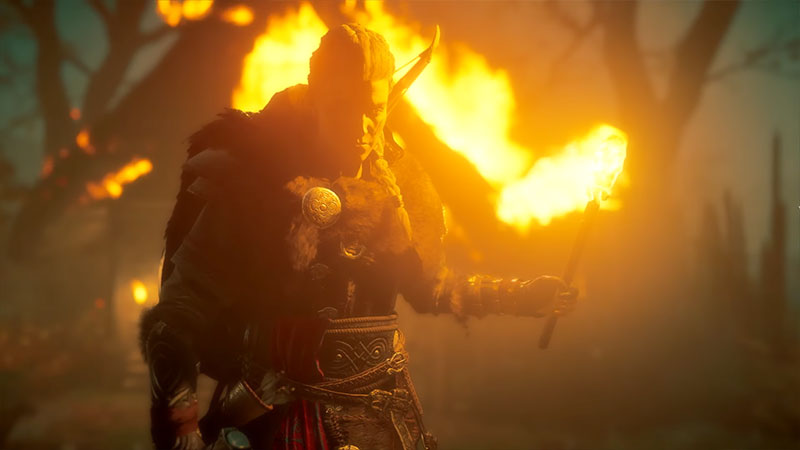

Plus it all takes place in the same setting as Assassin’s Creed Valhalla, so a campaign is good research for the journey ahead. With not a god, draugr, or lightning-wrapped hammer in sight, Total War Saga: Thrones of Britannia is a grand strategy game that focuses on a more historically accurate representation of Viking strategy and expansion. This gruelling nuance is offset by an embracement of mythology - you’ll meet jötnar (giants), valkyries, kobolds (somewhere between a goblin and a fairy), and undead draugr on your journey - meaning there’s always something interesting to see on the far side of winter. To survive, you have to prepare.įorward thinking is vital to almost every RTS, but the way that Northgard spins planning around the seasons helps anchor it in the world of Viking raiders. Your warriors fight poorly in the snow, making violent expansion and defence a struggle. Come winter, food production plummets, while wood consumption skyrockets. That fight is at the heart of Northgard, a strategy game that sees you guiding a clan to victory while the seasons change around you - which creates unique strategic challenges to overcome. With raids keeping them away from their homelands for months at a time, this meant that the Norsemen frequently battled for survival against the elements. If you’ve ever looked at a map of the areas raided by Vikings, you’ll have noticed that they’re almost all in the upper regions of the northern hemisphere. Also, For Honor’s Vikings can chokeslam an enemy and then decapitate them with an axe, which just screams “For the glory of Valhalla” and all that, yeah? While there’s not a hidden blade or stealth kill in sight, the intricate parrying system does provide a battle experience with a similar amount of depth to the newer Assassin’s Creed combat mechanics.

The Vikings are believed to have been some of history’s fiercest warriors, fuelled by their belief that dying transported them to the heavenly Valhalla, and For Honor certainly captures that dedication to battle.

The detailed fight mechanics of For Honor may not be the most ‘realistic’ combat engine, but they do capture the ruthlessness of raider strategy. Don’t expect Kratos’ magical axe or the godly powers of Jotun’s Thora, as For Honor eschews mythology in favour of gritty hand-to-hand combat.
Best viking games for xbox full#
While they’re very much a pop-fiction version of Vikings - we’re talking full horned helmets, furs, coloured war paint, the works - For Honor’s Norsemen are still more grounded than many other gaming depictions. In God of War, an older Kratos has left Ancient Greece behind, embarking on an unfamiliar journey where he must adapt to both the needs of his son and the strange new realms that he travels through.Īssassin's Creed Valhalla is not the first time that Ubisoft has tackled Vikings – they’re one of the main factions in the developer’s medieval battler, For Honor. That era of human history saw the Norsemen of Scandinavia leave their borders and explore new lands, raiding and expanding into Iceland, Greenland, and Europe. While God of War is set in the fictional realms where many of these myths take place, its gameplay and plot elegantly mirrors the broader strokes of the Viking Age. Interestingly, God of War opts to explore elements of Norse Paganism that have been less represented in popular culture - the heavyweights of Thor and Odin are unseen background players, while lesser figures like Thor’s sons Magni and Modi feature prominently - making it an ideal starting point to expand your knowledge of Viking religion. 2018’s God of War is a grimdark love letter to that mythology, one that makes clever use of those myths and characters to tell an intricate, original story. Norse mythology - the Aesir pantheon, Nine Worlds, Jörmungandr the World Serpent, and so forth - is a key component of the Viking Age.


 0 kommentar(er)
0 kommentar(er)
